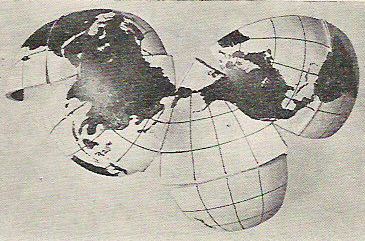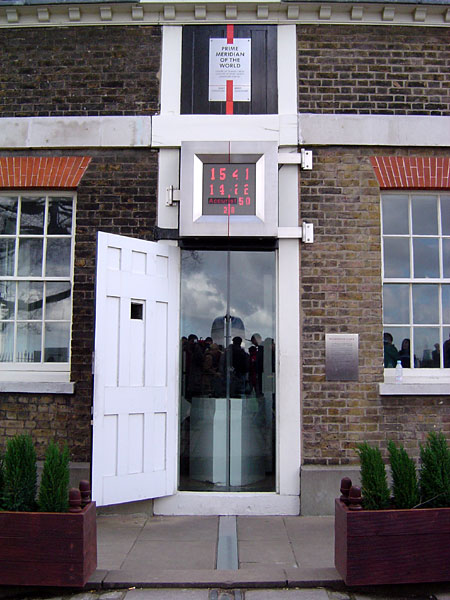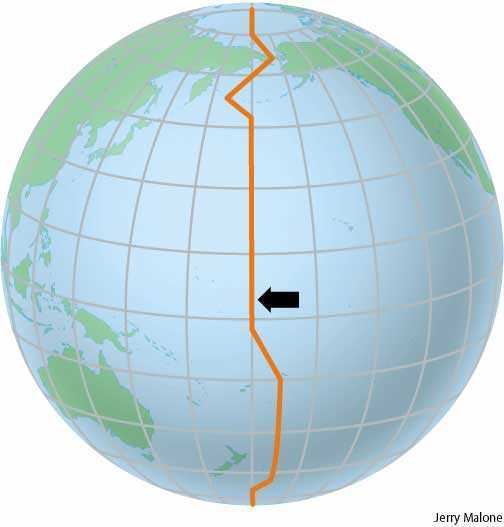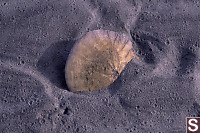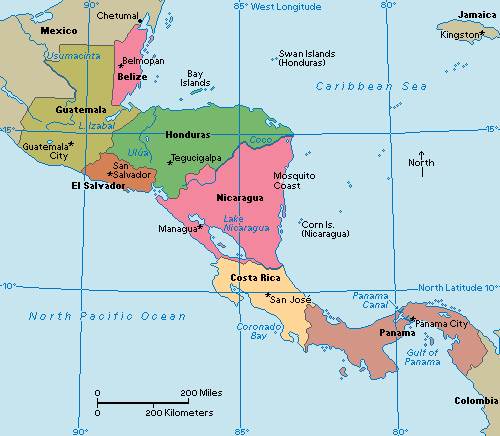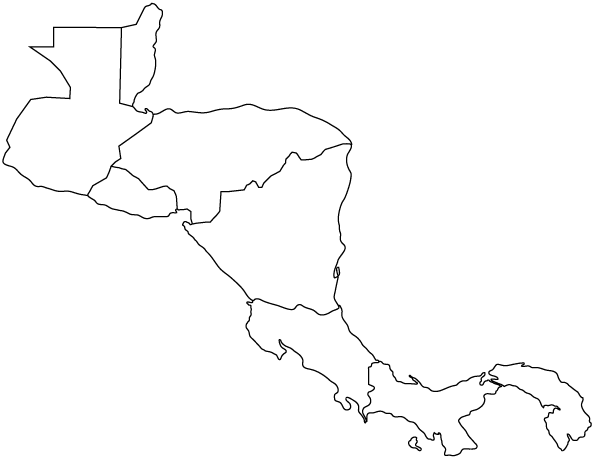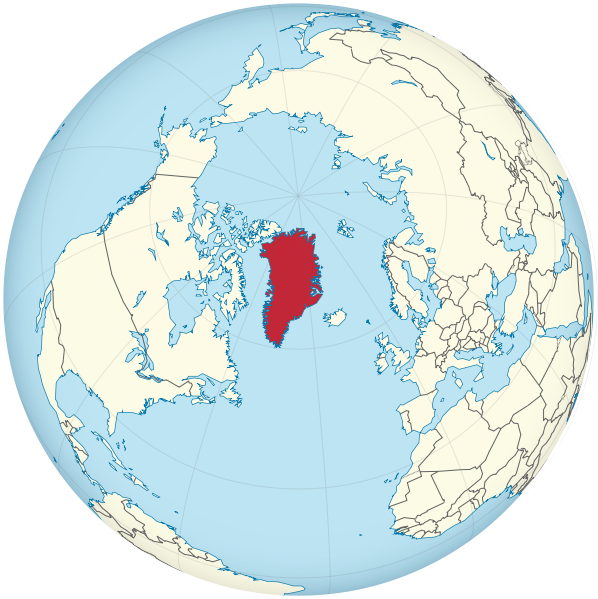Huh. That's a tough one. I get asked this every year, and I would love to give you a short, simple answer, but I can't.
To start with, Democrats are viewed as liberal and Republicans are viewed as conservative. Yeah, I know. That didn't help. But, let's start with those words.
A liberal, by definition, is favorable to reform, or change. They believe people should be free to exercise their personal beliefs. They are more likely to side with the rights of the individual over the good of the group.
A conservative, by definition, favors preserving the established customs and traditions.
So maybe that helped, if so, great! If not, let's take a look at some specific issues.
Democrats tend to think that the government should regulate and oversee the economy. This is necessary to make sure that businesses do what is best for the community, environment, etc., instead of only worrying about profit in its decision making. With this, Democrats believe there should be a federal minimum wage, to make sure that workers with full-time jobs are not as likely to live below the poverty line.
Republicans tend to believe that government should take a laissez -faire, or hands off, approach to businesses. In their view, government regulations waste money and resources. In the end, this waste costs jobs. Furthermore, they believe that businesses will act responsibly without regulation. In a healthy marketplace, with many competitors, the consumer will purchase the best product and will choose not to buy products from unethical companies. Republicans tend to be against the minimum wage. They believe that business owners could hire more people if there was not a minimum wage, which would decrease the unemployment rate.
Taxes:
In order to have an interstate system or a military, we have to have taxes. No one likes them, but they are necessary. Still, the 2 political parties have differing views on them.
 Democrats believe in a progressive tax. This system hinges on the idea that we set up a tax system based on who is more able to pay. While Democrats would say a flat tax of 10 percent might seem more fair, it isn't. A progressive tax allows the poorest to keep more of their money, while taxing at a higher rate the wealthiest in our country. Democrats are currently working to close tax loopholes. These are ways that the wealthy have been able to protect some of their income from being taxed. Democrats are opposed to a federal sales tax. Since poorer people spend a larger percentage of their income on goods, this would hurt them more than it would the wealthier people. This kind of a tax, that taxes the poor more heavily, is called a regressive tax.
Democrats believe in a progressive tax. This system hinges on the idea that we set up a tax system based on who is more able to pay. While Democrats would say a flat tax of 10 percent might seem more fair, it isn't. A progressive tax allows the poorest to keep more of their money, while taxing at a higher rate the wealthiest in our country. Democrats are currently working to close tax loopholes. These are ways that the wealthy have been able to protect some of their income from being taxed. Democrats are opposed to a federal sales tax. Since poorer people spend a larger percentage of their income on goods, this would hurt them more than it would the wealthier people. This kind of a tax, that taxes the poor more heavily, is called a regressive tax. Republicans believe that the income tax is unconstitutional. It was passed, as the 16th Amendment, and should be repealed. Since everyone agrees that is not likely to happen, then Republicans are for a flat tax rate. The same percentage for everyone. Republicans favor this because they believe a progressive tax does not reward hard work. Those who work hard, get good jobs, and make good investments should get to keep their money. Also, according to Republicans, this would keep more money in the hands of the businessmen who would turn around and invest the money back into business. When this money is invested, it would create more jobs, and the effects of this kept wealth would trickle down to the poorer people. It's called trickle down economics. A vocal group of Republicans are also for a federal sales tax. Called VAT, or "value added tax," some believe that this tax is needed to reform our tax system.
Defense:
Democrats believe that we should decrease defense spending. They also believe that we need to continue taking part in organizations like the United Nations and NATO. Democrats believe that diplomacy, or continued talks between nations, will prevent war. Democrats tend to trust that nations behave in their best interest and war is not in a country's best interest.
Republicans believe that we should keep defense spending at current levels or increase it. They believe that organizations such as the UN keep us from doing what is best for our country, having to cater to too many other opinions. They believe that the best way to avoid war is to make it clear to other nations that our military is something to be feared. If acting logically, nations would see that they would not win against our military might.
Gun Control:
Democrats believe that the 2nd Amendment is not absolute. That the people, some people, may have weapons, and hopefully these are for hunting purposes only. They believe that there should be a background check for all those wanting to obtain a firearm so that criminals and those with a history of mental instability do not get their hands on the weapons. Also, they typically believe that there are some firearms that the people should not be able to purchase (bazookas, machine guns and armor-piercing bullets.) Democrats also tend to believe that the right to a well regulated militia is at least partially covered by each state's National Guard. Democrats also place a concern on the murder rate. Of all of the countries in the world, the United States is in the top five for the number of murders committed by handguns each year. Democrats believe that if guns were not in so many hands, the number of murders each year would decrease.
Republicans tend to think that the 2nd Amendment is absolute. When the amendment states that a well regulated militia is needed to keep America free, conservatives often take this to mean that every American citizen has the right to own (and often carry) any type of weapon he/she chooses. They might ask: Would we have dictators like Stalin, Mao, Hitler, Amin, etc if the people had the means to fight against these men?
Death Penalty:
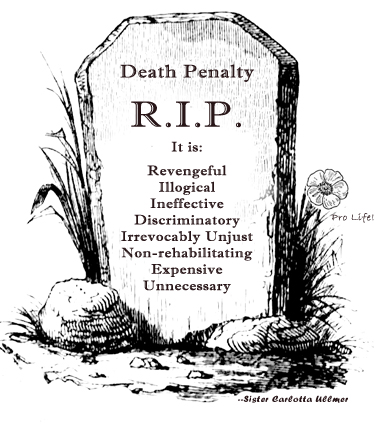 Many Democrats are for the death penalty and many are against it. Those who are for it, tend to believe that there are some crimes that are so terrible, that the people who committed them should be put to death. Those who are against the death penalty believe that our prison system should work to reform prisoners. Also many view our justice system as flawed, pointing out that around 5 percent of those convicted of murder are later exonerated, or found not guilty. While it is possible to release those who have been wrongly convicted, it is not possible to take back a death penalty.
Many Democrats are for the death penalty and many are against it. Those who are for it, tend to believe that there are some crimes that are so terrible, that the people who committed them should be put to death. Those who are against the death penalty believe that our prison system should work to reform prisoners. Also many view our justice system as flawed, pointing out that around 5 percent of those convicted of murder are later exonerated, or found not guilty. While it is possible to release those who have been wrongly convicted, it is not possible to take back a death penalty.Republicans view the death penalty as essential. There are some people in our society that are so depraved that, for the good of the whole, we need to put them to death. They also point out that the productive members of society, those who work and pay their taxes, are paying for these inmates room and board. Republicans also believe that the death penalty serves to deter to crime. If one knows that there is the possibility of being put to death, that that fact might stop them from committing the crime.
There are other issues:
Immigration:
Democrats: want to help illegal immigrants become citizens
Republicans: keep potential illegal immigrants out by building and policing a fence on our Mexican border, and send illegal immigrants back to their home countries (repatriate them).
Energy:
Both believe that we need to stop relying so much on oil. The countries that provide the bulk of the oil (such as Saudi Arabia, Iraq, and Venezuela) are unstable politically. Both parties believe our dependence on this natural resource limits our abilities to take a hard stand against their governments.
 Democrats believe that the Federal Government should provide funding to businesses to create alternative energy. They also believe that we should not drill for oil in the Alaska or in the ocean, due to environmental concerns.
Democrats believe that the Federal Government should provide funding to businesses to create alternative energy. They also believe that we should not drill for oil in the Alaska or in the ocean, due to environmental concerns.Republicans believe that the government should not provide financial incentives to businesses to develop alternative energy. Businesses will create these energies on their own as the market shifts away from using oil, naturally. In the meantime, Republicans want to decrease dependence on foreign oil by producing our own, These sources could come from drilling in Alaska, in the Gulf of Mexico, or using shale to create oil.
 Religion:
Religion: Democrats tend to take it seriously when the 1st Amendment guaranteed freedom of religion and the Constitution said that the nation would not institute a national religion. Democrats tend to believe that, as a multi-cultural country, we should learn about and accept all religious beliefs, making sure that any institutes that receive federal funding (schools, courts, government offices) should not show preference to one religion over another.
Republicans believe that when the Founding Fathers chose to protect religious freedom, they were doing so with the understanding that religion and a belief in God were still important principles. Our country is based on Christian tradition. Our money says "In God We Trust." They believe that the Founding Fathers did not want to keep religion out of our system of governing, but rather did not want to force anyone to believe a specific doctrine.
But...
Other political groups, such as the Green Party, the Libertarians, and the Tea Party would say that there really isn't a big difference between the Democrats and the Republicans. When it comes to their cozy relationship with big business, sending money to aid foreign nations rather than focusing on issues here at home, etc, that they are all the same. They would say that they have moved more towards a moderate, or middle position
So, while it's important to know what Democrats and Republicans tend to believe, each election is different and each candidate is different. Be an independent thinker and learn about the candidates. Then you can decide who you would cast your vote for.
Some good political websites for any election:
Sources:
http://www.merriam-webster.com/dictionary/conservative?show=0&t=1320270065
http://www.merriam-webster.com/dictionary/liberal
http://www.diffen.com/difference/Democrat_vs_Republican
http://newsflavor.com/politics/us-politics/differences-between-republicans-and-democrats/
http://www.aclu.org/capital-punishment/question-innocence
http://www.nationmaster.com/graph/cri_mur_wit_fir-crime-murders-with-firearms
Images:
http://www.sentryjournal.com/wp-content/uploads/2011/10/How-Will-Media-Report-GOP-Beating-Democrats-in-New-Gallup-Poll.gif
http://ncsalceditor.files.wordpress.com/2011/02/big-business.jpg
https://blogger.googleusercontent.com/img/b/R29vZ2xl/AVvXsEiOJRhiOJrMgbRdOdPS37G61M5LxIms1FoUTyXOTVN2waTLw_V5tRwaEPbYFnQOgGKWldksr67RamnQ5vTDEk4ivkyHZAHMlzNa3skQXP_H_orEw7r7BC1kFOApe0YttJ6m_yHgjwBsZMY/s1600/Taxes.jpg
http://upload.wikimedia.org/wikipedia/commons/thumb/e/e0/United_States_Department_of_Defense_Seal.svg/600px-United_States_Department_of_Defense_Seal.svg.png
http://ramirezrepresents.com/wp-content/uploads/2012/09/second-amendment.jpg
http://www.twolia.com/blogs/zoboxrox/files/2009/06/gunmap420.gif
http://www.adoration.com/wp-content/uploads/2011/04/deathpenalty.jpg
http://www.anewdayforimmigration.org/wp-content/uploads/2011/08/immigration-law-cartoon-300x209.jpg
http://multithousandaires.com/wp-content/gallery/mt-exibit/alternative-energy.jpg
https://bmshistory7p8.wikispaces.com/file/view/world_religion.gif/216267186/288x259/world_religion.gif
http://cosmopos.files.wordpress.com/2008/11/rock_the_vote_banner-22.jpg






